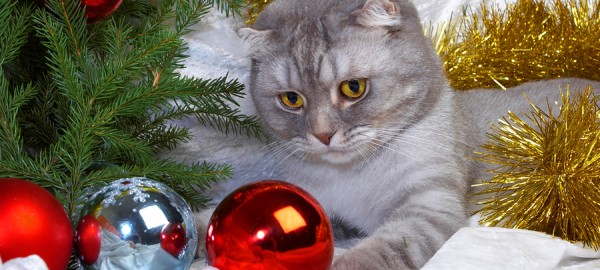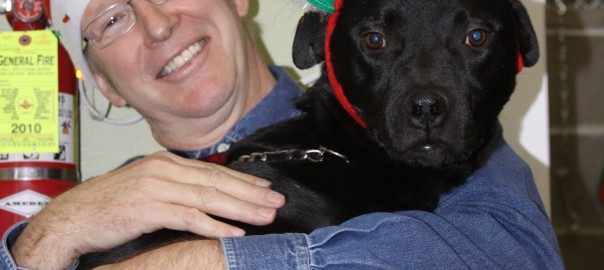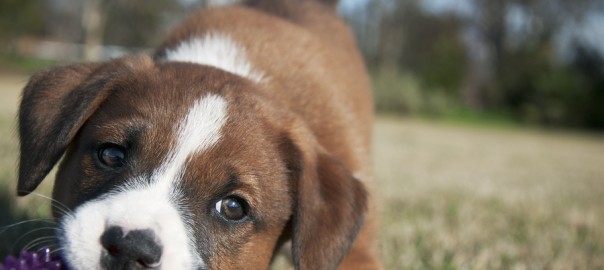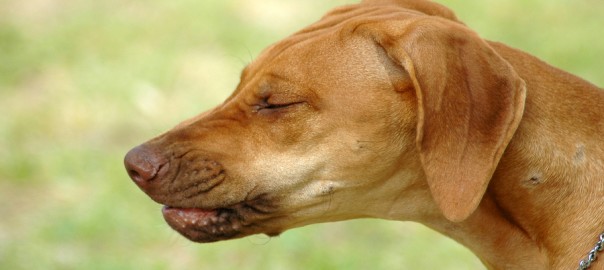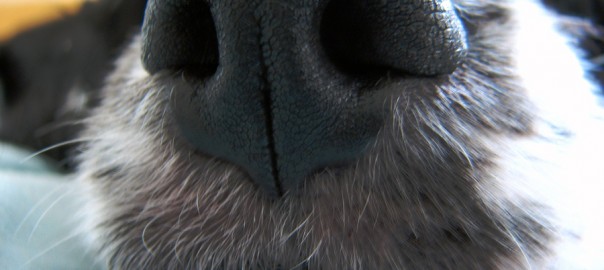In my 35 years as a veterinarian, I’ve talked about holiday hazards one-on-one in the veterinary exam room and also reached into millions of living rooms giving potentially life-saving advice to pet owners.
Let me talk about this subject again, like it was the very first time: A lot of the risks pet owners worry most about aren’t the things I have seen problems with in my patients. Here are the risks you’ve been warned about for years that, in my experience, rarely cause serious problems:
1. Poinsettias, mistletoe and holly. These plants simply aren’t fragrant or tasty, and, even if chewed, cause minor problems such as stomach upset.
2. Christmas tree water. Yes, if they drink the water they might get an upset stomach, but probably not. Plus, it’s so easy to prevent. Just cover it with a tree skirt or towel.
3. Glass ornaments. While they can get knocked off and broken, I’ve never seen a serious problem with an injury caused by a broken glass ornament. And if you’re still worried, you can have a tree that is pet-proof, with wooden or plastic ornaments.
4. Chocolate. While baker’s chocolate can cause serious problems, if the dog eats a piece or two of chocolate, the worst that’s going to happen is a little stomach upset. It takes about 3 ounces of milk chocolate (the size of an average candy bar) per 10 pounds of body weight before you need to be concerned. One Christmas my Brother Bob’s 10-pound Yorkie, Buddy, ate a three pack of Godiva chocolate bars; that’s reason for concern.
So, are there holiday hazards you should worry about? Of course, and I’ll be covering those in my next blog post!
